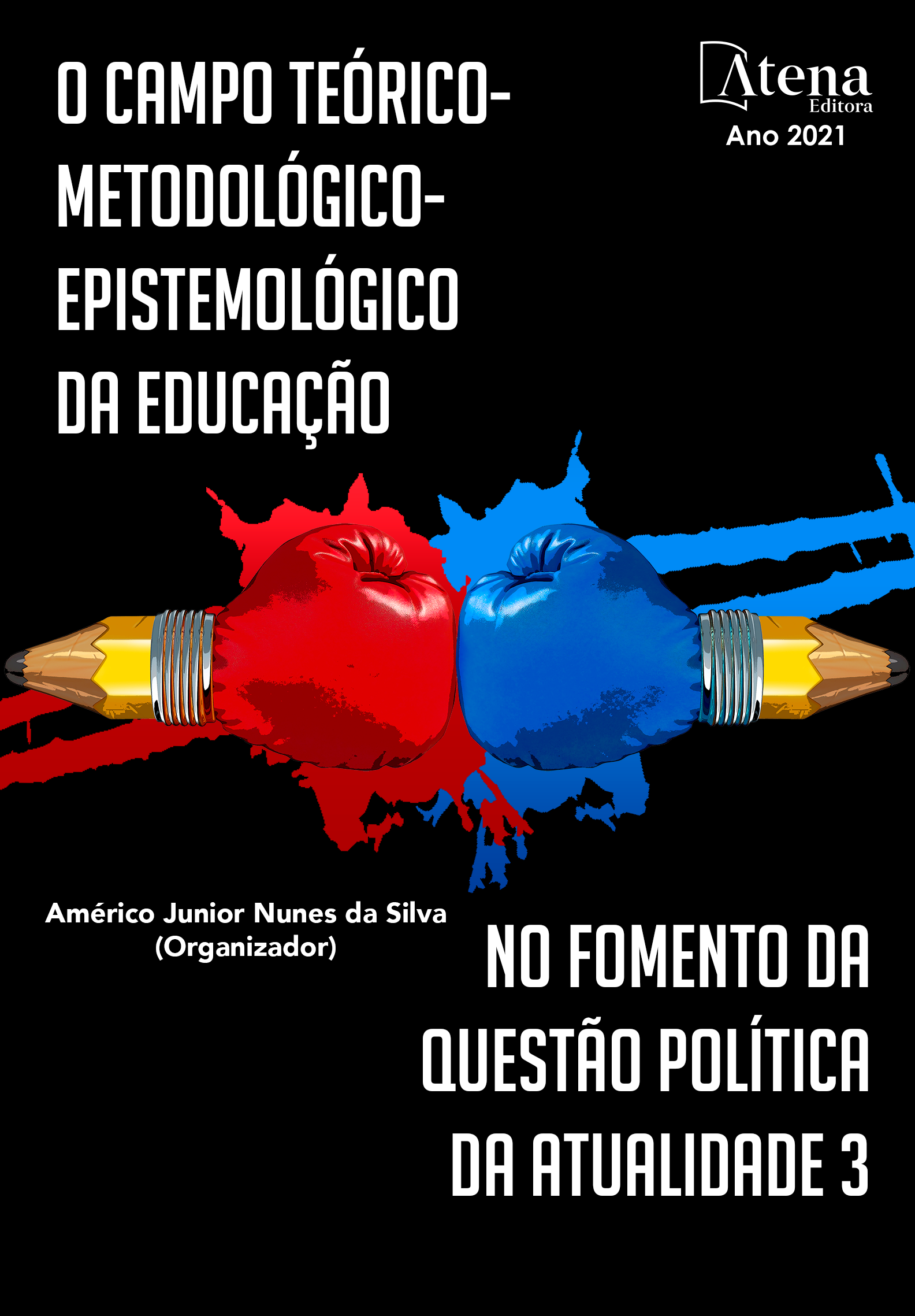
MÉTODO FONOVISUOARTICULATÓRIO COMO UMA ABORDAGEM PARA ALFABETIZAR A CRIANÇA COM TRANSTORNO DO ESPECTRO DO AUTISMO – NÃO VERBAL
Graças a legislação brasileira competente, a criança com Transtorno do Espectro do Autismo (TEA) ganhou acessibilidade no campo educacional. Diante disso, os impasses da educação básica ficaram mais complexos e desafiadores. O presente estudo tem como objetivo apresentar o Método Fonovisuoarticulatório, como uma possibilidade para a aquisição da leitura e escrita (alfabetização) da criança com TEA na sala de aula regular, do 1º ano do Ensino Fundamental, promovendo a aprendizagem efetiva para todos os alunos. As práticas do método corroboram para que o ensino seja multissensorial, uma vez que, aciona vários inputs neurossensoriais. Assim, a letra é apresentada estimulando as vias fonológicas (som/ fonema), visuais (letras/ grafemas), viabilizadas pelas vias articulatórias (articulema/ boca). Para garantir a eficiência do método, e atingir a necessidade da criança com TEA, adequações curriculares e diversos recursos foram utilizados, bem como um aprofundamento teórico e prático sobre a metodologia para o professor. Resultas surpreendentes foram percebidas durante o estudo, uma vez que, a criança com TEA adquiriu conhecimentos linguísticos no contexto da alfabetização, sua expressão verbal foi desenvolvida, aumentou sua concentração e permanência em sala de aula. Enfim, o Método Fonovisuoarticulatório comprovou eficiência, abrindo um caminho na alfabetização para a criança com TEA na sala regular, com um ressignificar na educação, validando o direito de quem também pode aprender.
MÉTODO FONOVISUOARTICULATÓRIO COMO UMA ABORDAGEM PARA ALFABETIZAR A CRIANÇA COM TRANSTORNO DO ESPECTRO DO AUTISMO – NÃO VERBAL
-
DOI: 10.22533/at.ed.30121250320
-
Palavras-chave: Método Fonovisuoarticulatório; Alfabetização; Transtorno do Espectro do Autismo (TEA); Inclusão.
-
Keywords: Phonovisuoarticulatory Method; Literacy; Autism Spectrum Disorder (ASD); Inclusion.
-
Abstract:
Thanks to the Brazilian legislation, the children with Autism Spectrum Disorder (ASD) have gained accessibility in the educational field. Thus, the impasses of primary education became more complex and challenging. The present study aims to present the Phonovisuoarticulatory Method as a possibility to promote reading and writing acquisition (literacy) in the child with ASD at a regular classroom, from the 1st year of Elementary School, promoting effective learning for all students. The practices of the method support multisensory teaching, since it activates several neurosensory inputs. Therefore, the letter is presented stimulating the phonological pathways (sound / phoneme), visual (letters / graphemes), enabled by the articulatory pathways (articulema / mouth). To ensure the efficiency of the method, and to achieve the needs of the child with ASD, curricular adjustments and several resources were used, as well as a theoretical and practical deepening on the methodology for the teacher. Surprising results were noticed during the study, since the child with ASD acquired linguistic knowledge in the context of literacy, his verbal expression was developed, his concentration and permanence in the classroom has increased. Finally, the Phonovisuoarticulatory Method proved to be efficient, opening a path in literacy for children with ASD in a regular classroom, with a new meaning in education, endorsing the right of those who can also learn.
-
Número de páginas: 8
- Talita Gitti
- Mara Gitti


